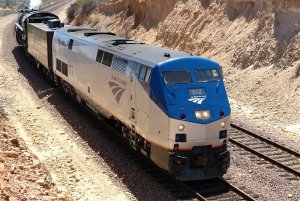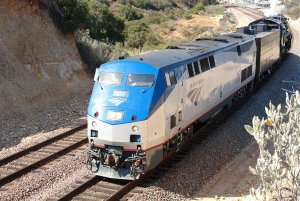N
nachoman
A thought that crosses my mind from time to time is how much larger railroad rolling stock is than even 25 years ago. Consider the size of an SD40-2 versus the latest offerings from EMD or GE. But rail cars have also gotten larger and higher. Go back another genreation and an SD40-2 is much larger than an SD-9, and most railcars were shorter even shorter still. If one has the opportunity to see a newer GE or EMD next to a non-articulated steam engine, the newer diesel is larger (if you exclude the tender)
So, the trend is for larger and bigger capacity. Will things continue to get larger, or will they somehow reach a maximum? I assume one limitiation to size would be the rail gauge, and another being the clearance of many overpasses and tunnels. Will we eventually see 100 foot long boxcars and hoppers, with 8 axles per car? sign1
kevin
So, the trend is for larger and bigger capacity. Will things continue to get larger, or will they somehow reach a maximum? I assume one limitiation to size would be the rail gauge, and another being the clearance of many overpasses and tunnels. Will we eventually see 100 foot long boxcars and hoppers, with 8 axles per car? sign1
kevin




